How to Integrate Semi-Automatic Weigh Fillers into Your Production Line
In today’s competitive manufacturing landscape, optimizing efficiency and accuracy is paramount. Semi-automatic weigh fillers have emerged as an essential tool for achieving these goals, particularly for businesses dealing with viscous or particulate products. By incorporating these machines into your production line, you can streamline your operations, reduce waste, and enhance product quality.
Planning and Preparation
Before integrating a semi-automatic weigh filler, meticulous planning is essential. Determine your specific filling requirements, including target weight, product characteristics, and desired speed. Assess your existing production line layout and identify the optimal placement for the weigh filler. Consider the space constraints, accessibility for operators, and compatibility with downstream equipment.
Setup and Calibration
Proper setup and calibration are crucial for accurate filling. Ensure the weigh filler is installed on a level surface and securely fastened. Calibrate the scale using certified weights to ensure precise measurements. Follow the manufacturer’s guidelines and conduct regular calibration checks to maintain optimal performance.
Operator Training
Operators play a pivotal role in the efficient operation of semi-automatic weigh fillers. Provide thorough training on the machine’s functions, safety protocols, and maintenance procedures. Operators should understand how to adjust filling parameters, troubleshoot common issues, and maintain proper hygiene standards.
Integration with Existing Equipment
To achieve seamless integration, consider the compatibility of the weigh filler with your existing production line. Determine whether modifications or additional equipment are required to ensure smooth product flow and efficient operation. Collaboration between engineering and production teams is essential during this phase.
Safety and Compliance
Prioritize safety by adhering to all relevant workplace regulations and safety standards. Train operators on proper handling techniques and provide them with appropriate personal protective equipment (PPE). Conduct regular safety audits to identify potential hazards and mitigate risks.
Maintenance and Troubleshooting
Regular maintenance is crucial for sustaining the optimal performance of semi-automatic weigh fillers. Follow the manufacturer’s recommended maintenance schedule, including cleaning, lubrication, and part replacement. Establish a troubleshooting protocol to address common issues promptly and minimize downtime.
Continuous Improvement
Continuous improvement is essential for optimizing the performance of semi-automatic weigh fillers. Monitor key metrics such as filling accuracy, speed, and waste levels. Identify areas for improvement and implement appropriate adjustments to enhance efficiency and reduce production costs. Seek feedback from operators and implement their suggestions for optimization.
By meticulously following these steps, manufacturers can effectively integrate semi-automatic weigh fillers into their production lines. This can lead to improved filling accuracy, increased productivity, reduced product waste, and enhanced overall efficiency.
-
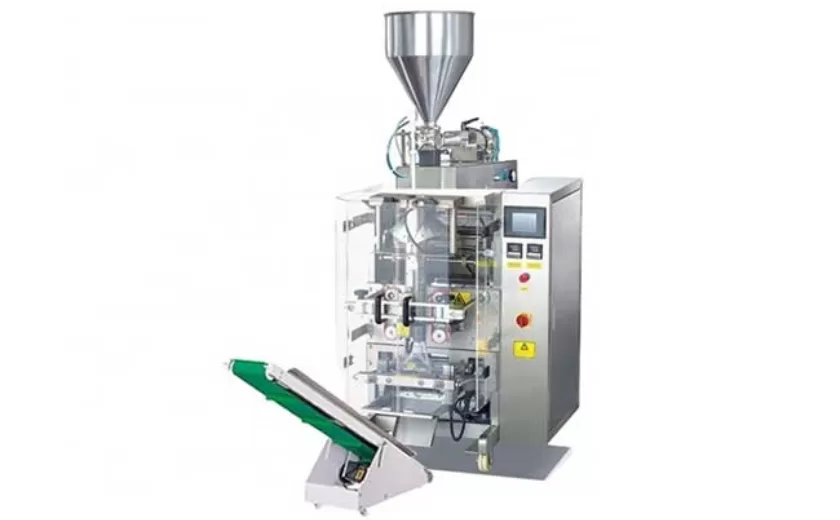
Advanced Packing Solutions: Snacks, Sugar, and Frozen Food Machines
29-10-2025 -
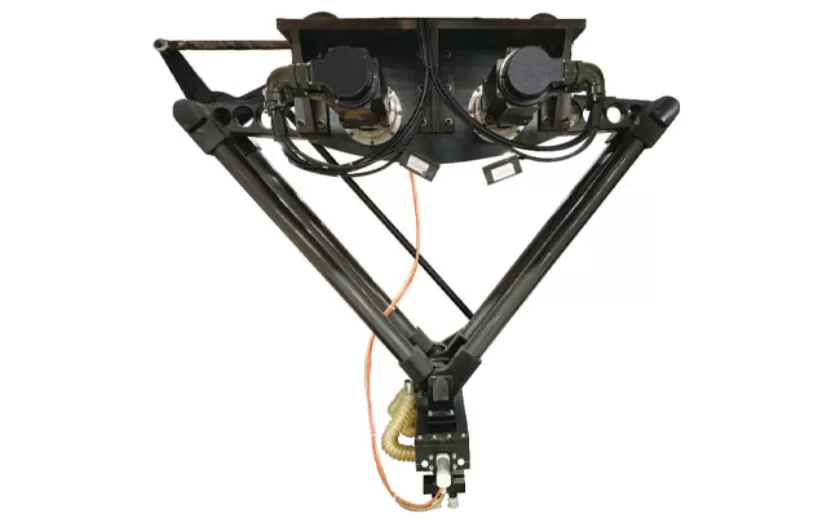
Efficient and Reliable Solutions for Salt, Nuts, and Frozen Dumplings Packing
29-10-2025 -
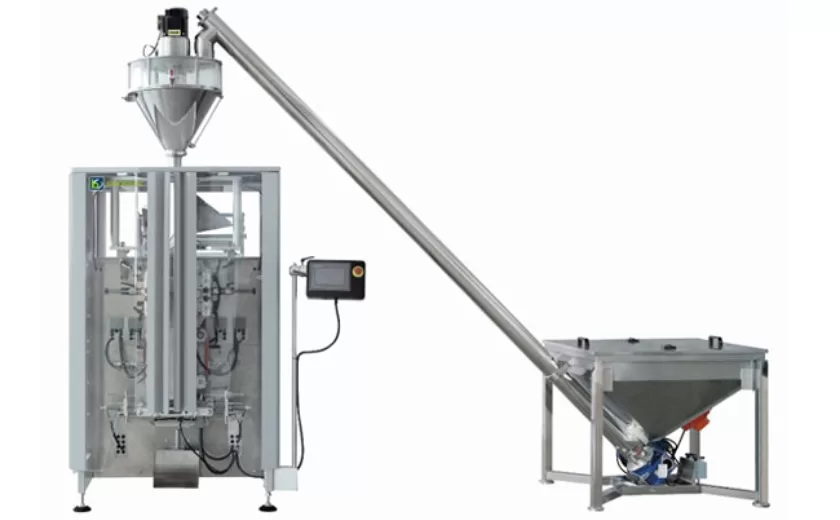
High-Performance Biscuits, Lollipop, and Ketchup Packing Machines for Modern Food Production
29-10-2025 -

Efficient Liquid Filling and Packing Machines for Modern Production
23-10-2025 -
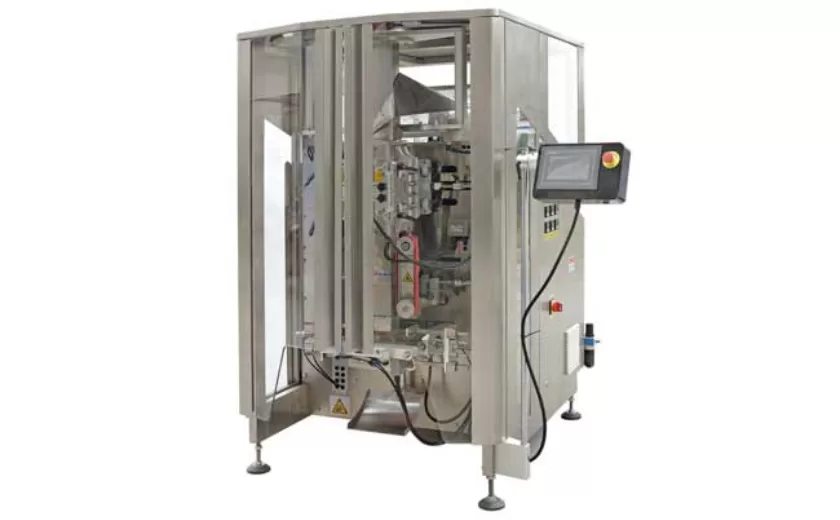
Reliable Granule Packaging Machines for Efficient Production
23-10-2025 -

Efficient Auger Powder Filling Machines for Accurate Packaging
23-10-2025 -

High-Performance Liquid Filling and Packing Machines for Hygienic Production
10-10-2025 -

High-Efficiency Granule Packaging Machines for Precision and Speed
10-10-2025 -

High-Precision Auger Type Powder Filling Machines for Efficient Packaging
10-10-2025 -
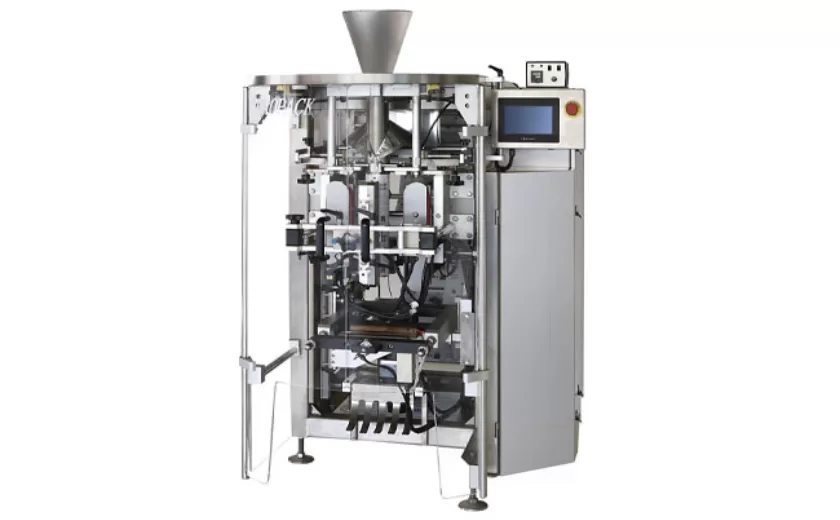
Efficient Vertical Form Fill Seal Packaging Machines for Smart Production
10-10-2025





